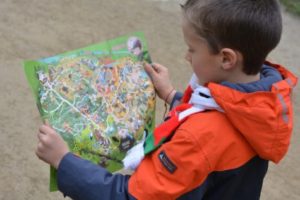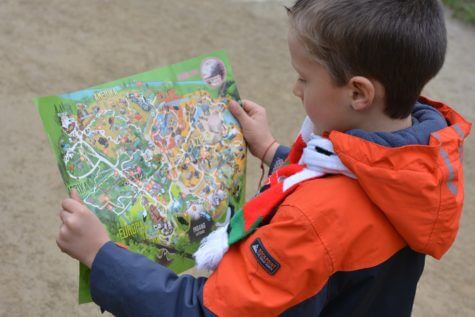COLUMBUS, Ohio — Children might actually be better than adults at completing certain cognitive tasks, especially when it involves them recalling details of an image or situation, a new study finds.
Researchers at Ohio State University recruited a group of 69 individuals— 35 of whom were adults, with the remaining half being 4- or 5-year-old children— for a computer-based experiment.
They hoped to examine whether the ability of children to remember a wide swath of information, often without focusing on particular details, served as an advantage in some regards.
“We often think of children as deficient in many skills when compared to adults. But sometimes what seems like a deficiency can actually be an advantage,” says Vladimir Sloutsky, co-author of the study and professor of psychology at Ohio State University, in a university news release.

The computer-based experiment first consisted of a task in which participants were shown two overlapping shapes of varying colors. They were expected to remember both the shape and color of each given item presented— e.g. a red circle.
As the first set of shapes disappeared from the screen, a new set of shapes appeared. The second set often mimicked the first, but it was also likely for at least one of the items to be of a different shape or color.
Participants were tested on whether they were able to notice the “target” shape— or the one they were advised to pay attention to— of the second group being different from that of the first set, along with the consistency of the secondary, “non-target” shape between sets.
It was found that 94 percent of adults were able to detect a change in the target shape between sets, compared to 86 percent of children.
Children, however, were able to notice a change in the non-target shape 77 percent of the time, while adults only had a 63 percent success rate.
“What we found is that children were paying attention to the shapes that they weren’t required to,” says Sloutsky. “Adults, on the other hand, tended to focus only on what they were told was needed.”
A second experiment involving artificial creatures with certain features was also conducted, finding similar results.
The creatures were depicted with various symbols or shapes on their bodies, such as an “X” or “O” on their bellies, or an object like a fluffy ball or lightning bolt on their tails. The participants were shown various screens with the creatures on them and asked to locate one of the letters, without being told anything about the other objects.
Researchers found that the adults were typically more accurate in remembering where the object they were tasked with finding was on later screens, but children were noticeably better at recalling the other objects on the creatures’ body, recalling those objects 72 percent of the time versus 59 percent of time for adults.
“The point is that children don’t focus their attention as well as adults, even if you ask them to,” Sloutsky said. “They end up noticing and remembering more.”
Sloutsky says if adults were tasked with remembering all pieces of information in a task, they would likely perform better than the children. But when they’re not required to focus on other details, they don’t.
“The ability to focus attention is what allows adults to sit in two-hour meetings and maintain long conversations, while ignoring distractions,” Sloutsky said. “But young children’s use of distributed attention allows them to learn more in new and unfamiliar settings by taking in a lot of information.”
He suggests the findings be considered in the design of classrooms or development of new textbooks. Making the room or assignment more “boring” with less stimulus might be less distracting for the children.
The researchers published their findings in the journal Psychological Science.

Comments
Comments are closed.